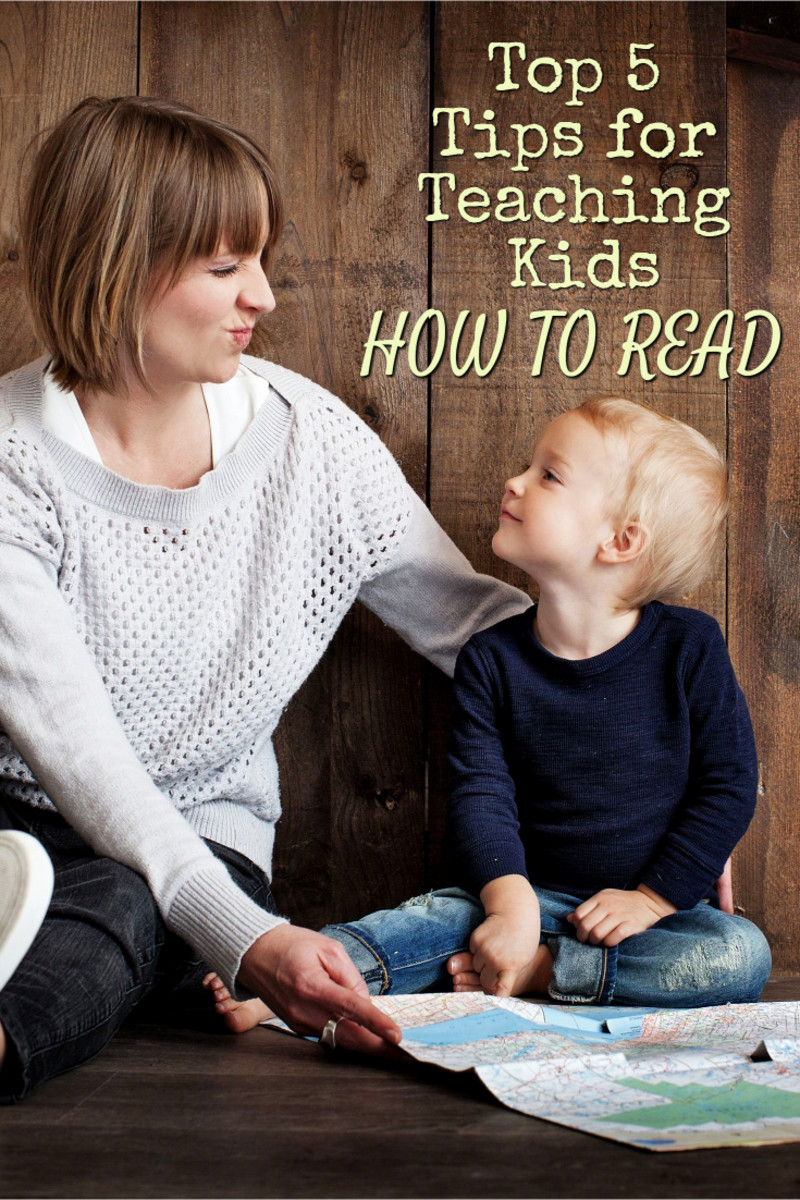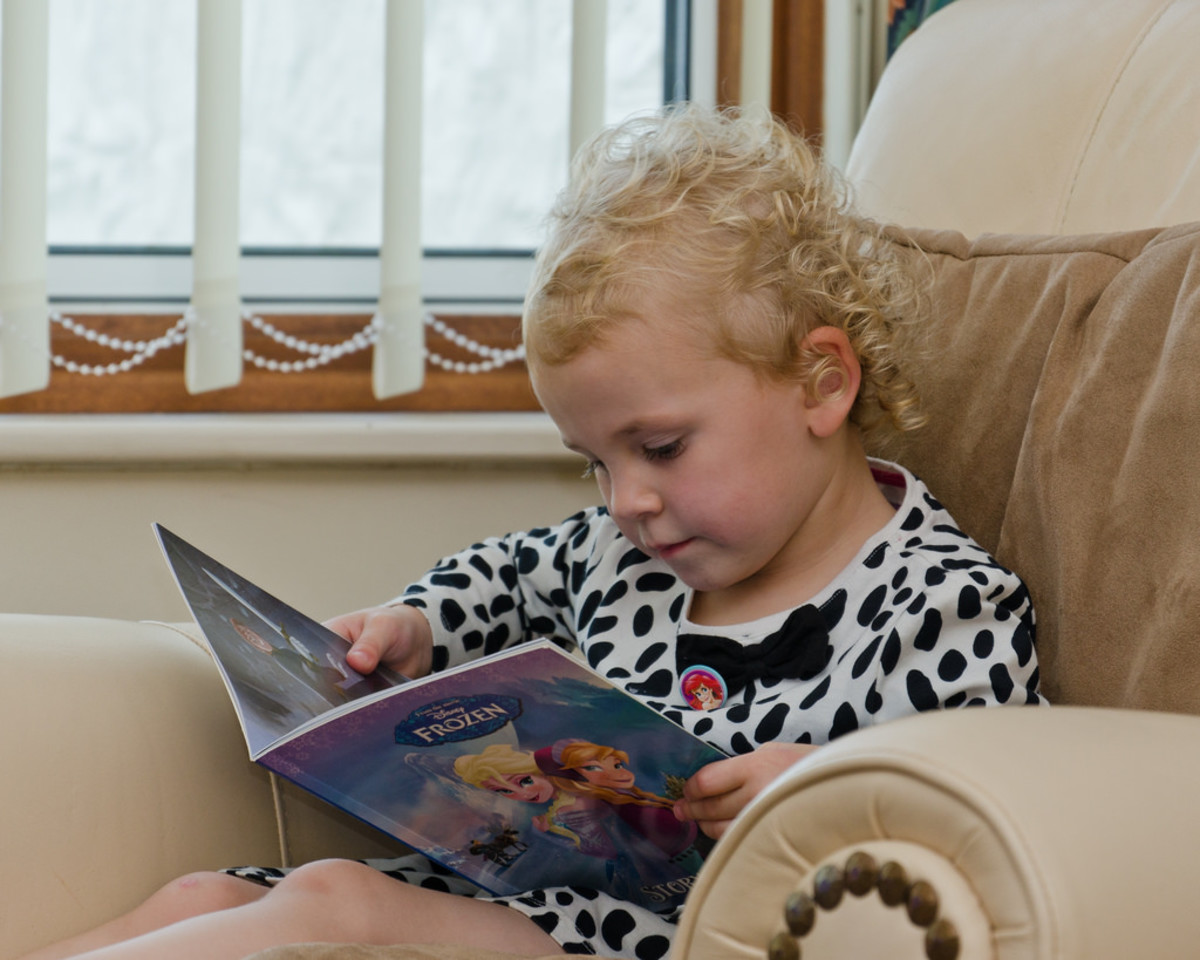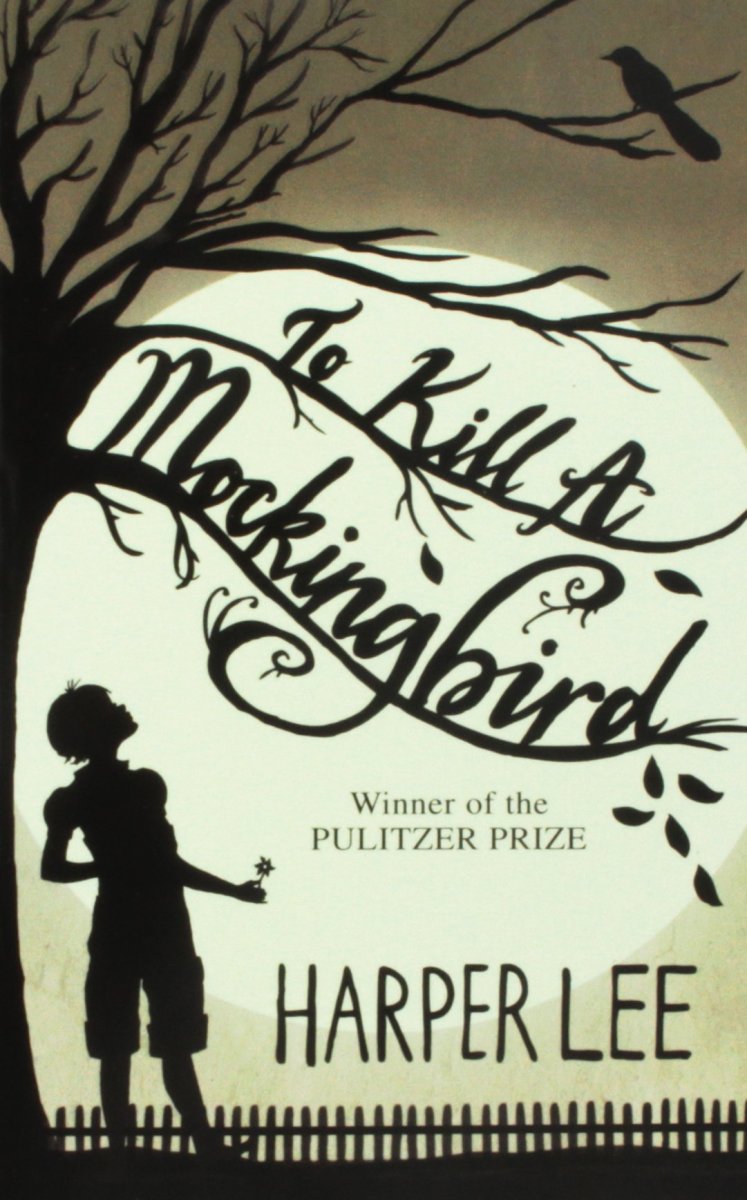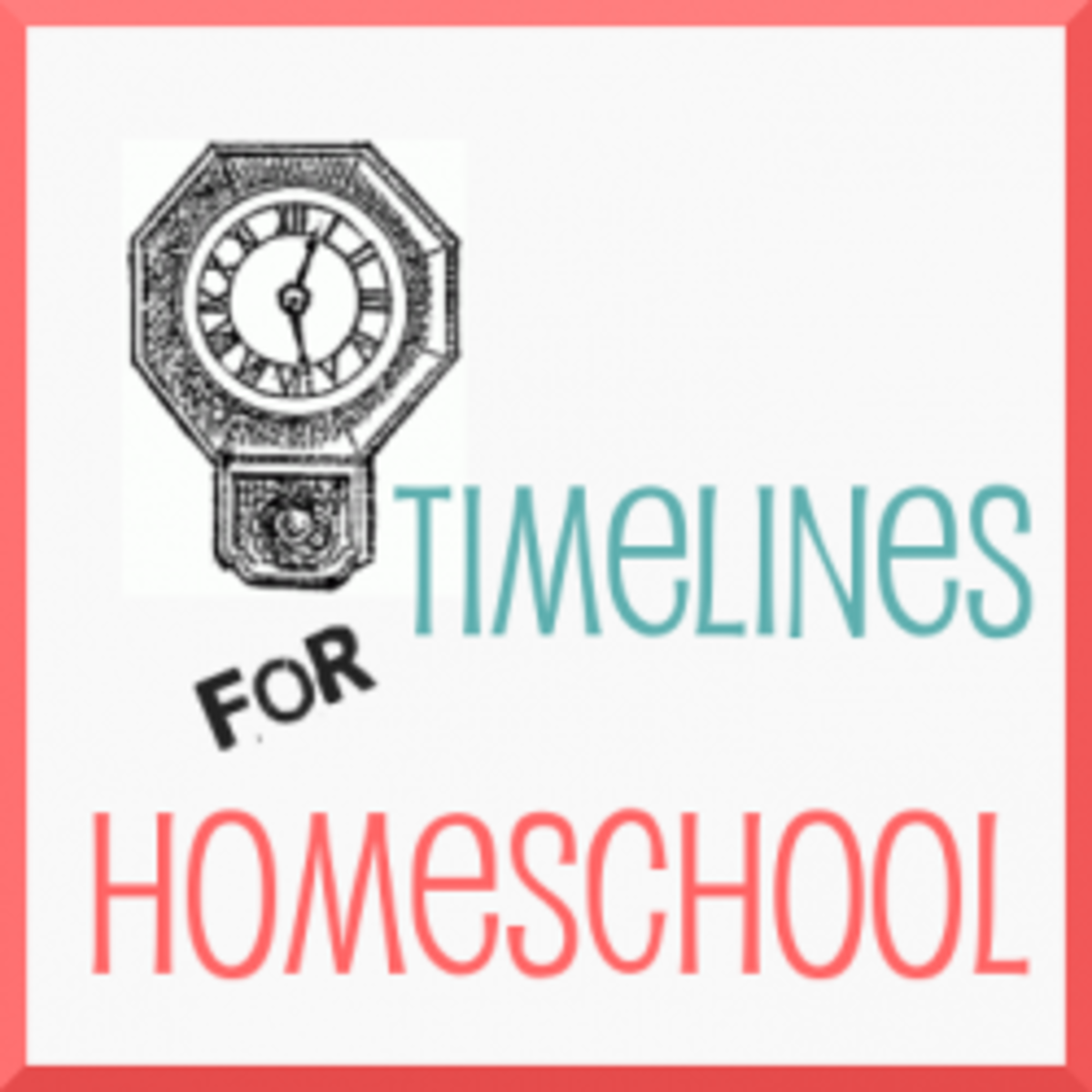How to Teach Your Child to Read: the Independent Reader and Beyond 8-12 Years
Learn to Read Games Turn into Reading to Learn
Many children by age eight are already strong readers. If yours is taking longer to become an independent reader, keep working with activities for emerging readers described here. Between ages 8 and 12, the independent reader needs freedom to read and social contact with others who love books and ideas. With the right support from home, children can learn to read and write early, easily and joyfully.

Teaching Your Child to Read by Reading Together
Independent reading gets going in this stage from eight to twelve years, but children still love the social element of reading aloud together. Talk about what you read, and encourage your child to write about what he likes to read.
- Keep the old favourite activities going as the child starts to read independently. Keep Shared Reading going, sometimes choosing books that are at or above the child’s level and sometimes choosing easy, familiar books the child already knows. Allow the child to enjoy what she has learned, and not always be struggling to push ahead.
- Read a chapter or more a day in novels your child is interested in--The Black Cauldron, Harry Potter, The Wind in the Willows, Tom Sawyer are classics your child may love.
- Read non-fiction too! The public library is a goldmine of biography, science, history, technology, weather, health, travel, sports and more. Turn your child loose in the library and let him choose freely what he wants to read. He will learn to discriminate better literature from poorer literature by experience.
- When the child has questions, look up the answers together--in the dictionary, in the thesaurus, on the internet. Why is the sky blue? Why is the big store called the Bay? who invented the tricycle? Do research!!
- Have silent, sustained reading time for the whole family--10 to 30 minutes daily with the television off when everyone sits in a room together and reads silently.
- Model reading for your child!! Let her see you reading--newspapers, fix-it manuals, novels, letters, whatever is at hand. Communicate a love of reading to your child by immersing her in a home life where people read, tell stories, play language games, talk about what they have read, and write about what they read.
- Encourage the child to join a book club where he can talk about books with others, and they can trade books they like. Ask at your library or local bookstore if there is a book club for teens. If not, consider helping your child start one. Older children who are ready might want to join an on-line book club to read, rate and review books they llke and learn about other books they might want to read next. Two sites I like are LibraryThing and GoodReads.
- If your local library has a summer reading club, sign the child up. If yours doesn't, ask the librarian if you can help start one. These are great motivators for children to read during the summer--each child who meets the summer reading goal for their age gets a prize and an invitation to a pancake breakfast in September.
- If your child has a Scholastics Book program, encourage your child to order a book or more every month. These flyers offer a list of all sorts of books ranging from high-interest picture books and anime, to non-fiction, poetry, contemporary fiction and the classics. They are excellent value and it is very motivating for children to bring home their own book(s) and read them at home. If your child's class does not participate, ask the teacher if you can help set it up.
Children learn what they live. If they see readers in their family, they will want to read. If your child is fortunate to have more than one language in your home, do the literacy activities in both or all languages. Above all, have fun. You may have developed literacy late in life and had to work hard. With your help, your child can learn to read early, effortlessly, and with joy.
Make Reading a Family Activity
Children learn what they live. If they see readers in their family, they will want to read. If your child is fortunate to have more than one language in your home, do the literacy activities in both or all languages. Above all, have fun. You may have developed literacy late in life and had to work hard. With your help, your child can learn to read early, effortlessly, and with joy.

![[ The Chronicles of Narnia Box Set (Books 1 to 7)[ THE CHRONICLES OF NARNIA BOX SET (BOOKS 1 TO 7) ] By Lewis, C. S. ( Author )Jul-01-1994 Paperback](https://m.media-amazon.com/images/I/51n4COKdHwL._SL160_.jpg)







